
Do you want to break into a new marketplace to offer your customers an omnichannel experience? An omnichannel approach can boost your brand’s visibility and drive more traffic to your online store. Choosing the right marketplace is crucial, given the vast array of options available. This article explores top eCommerce marketplaces, providing a detailed pros and cons list to help you determine which is best for your customer base.
Jump right in: The Top eCommerce Marketplaces for Sellers in 2024
Full Overview of all Marketplaces
#1 Amazon
Amazon is the giant we all have a complex relationship with. With nearly 10 million sellers and a global customer base exceeding 300 million, its impact as a top eCommerce Marketplace is undeniable. Amazon also offer’s their own fulfillment called Fulfilled by Amazon or FBA. Sellers using this service can also take advatage of a smaller third-party logistics providers FBA Prep that offers lower storage rates and feeds inventory into Amazon FBA distribution centers as needed.
Pros:
- Amazon is listed in over 180 countries which will allow your brand to be seen worldwide and can help scale your business.
- They allow you to create a store quickly with their plug and play system so that you can be selling within hours.
- Amazon pushes their huge customer base to all sellers within their platform so this can easily scale visibility of your brand.
Cons:
- Fees, these can add up quickly, so they are not an ideal marketplace for smaller size sellers or startups.
- Due to the high seller count within their marketplace this can make it harder for your products to come up first within their search algorithm without paying for Amazon marketing to make them more visible.
- Watch out for the storage costs that spike just before the 4th You can also be hit with penalties for items that are out of stock or increased storage rates for having too much stock that isn’t moving.
- Policy changes are always changing so you must stay on top of these changes, or they can withhold funds or remove your product listings all together.
What are our final thoughts on Amazon?
For eCommerce sellers seeking massive exposure and customer reach, Amazon is a powerhouse. Its expansive global marketplace can significantly scale your business. However, high fees and intense competition mean it’s best suited for established sellers who can navigate its complexities and absorb costs. Startups and small businesses may need to weigh the potential for high visibility against these challenges.
Want to learn about selling on Amazon without inventory?
Check out our article about Selling on Amazon Without Inventory to see if the strategy is right for your business.
#2 Ebay
eBay is the world’s second largest marketplace with over a billion users every month, so they are a hard one to pass by. This platform started out as an auction platform but has kept up with the times still offering this feature as well as their buy now features for higher volume sellers. They made their name within the marketplace arena for selling lower priced items that are for household use and novelty collectibles.
Pros:
- Huge customer base with over 130 million buyers yearly.
- Easy Registration and with a fuss-free set-up that allows you
to easily get your listings up for sale. - Can drive sales by using both their auction and buy now
buttons on your listings.
Cons:
- Fees can grow quickly if you are a high-volume seller. With
their professional plan you can create 250 listings per month
and pay $0.35 per listing with a final percentage of the sale. - Luxury or Big-ticket items are better listed on other
marketplaces due to the customer base that uses this
marketplace. - Their customer base are individuals that are geared towards
lower priced items so this could potentially hurt your brand if
you are not wanting to project that image.
What are our final thoughts eBay?
eBay is an excellent platform for sellers who deal with a wide range of products, including collectibles, electronics, and household items. Its flexibility in sales formats and large customer base can be a boon for both new and established sellers. However, sellers of luxury or high-end goods might find the platform less suitable due to its customer base’s typical spending habits.
#3 Walmart
Wal-Mart jumped into the online marketplace opening it up to 3rd party sellers back in 2009. They currently boast of having over 120 million visitors to their marketplace monthly. I can see that when they have big names such as Drew Barrymore that have a product line they sell on their platform, and some of those products being viral on social media such as her Beautiful Chair which I personally own.
Being backed by Wal-Mart can really help you increase your stores visibility since this is considered a household name here within the US. This is a great marketplace if you are selling anything from home goods, clothing, toys and more. Plus many 3PLs integrate with this marketplace for even easier marketplace order fulfillment.
Pros:
- There is no set up or monthly fees. They do charge what they call a referral fee for selling on their marketplace which is 6-20% on the item that is sold.
- One of the great advantages of using their marketplace is you can offer your customers an omnichannel experience
if you have products stocked in their warehouses. This will allow you to sell online and offer (BOPIS) Buy Online, Pick
UP IN Store, Curbside or shipped to store, shipped to home, as well as free instore return options. - Wal-Mart recently made changes to their seller algorithm which allows more visibility and less competition for items
in that category/niche market.
Cons:
- Getting listed on Wal-Marts marketplace is not easy because they are very selective with their approval process when admitting new sellers. To be an eligible seller you must meet the following criteria, Business Tax ID,
Supporting Documents verifying your business name and a history of eCommerce marketplace success and more. - Wal-Mart has strict pricing guides that a seller must follow when listing products that follow typical pricing for that
product range. If your item is priced too high or too low, it could be flagged, and you be penalized. - There are product restrictions that sellers should be aware of prior to listing an item on the marketplace. Nothing with
explicit adult content or of a sexual nature, inappropriate that promote profane language or illegal actives and more.
What are our final thoughts on Walmart?
Wal-Mart Marketplace is ideal for sellers looking to tap into a well-established and diverse customer base without the upfront costs associated with other platforms. Its stringent seller standards ensure a quality marketplace, though they may act as a barrier to entry for some. For those who make the cut, it can be a very lucrative platform, especially for sellers of consumer goods like clothing, toys, and electronics.
#4 Etsy
Setting up an Etsy shop is easy as there is no approval process. This platform is designed for handmade niche products. Having visibility on this platform does require that your have great product titles, photographs, and videos. They currently have almost 90 million active sellers and over 5 million active buyers. They recently added new offerings such a wedding gift registry and a gift mode to their product line up to help drives sales on products that meet these niche groups.
Pros:
- Their market is niche based around handmade items for a unique customer base. Target areas are jewelry, home goods, art, and collectibles.
- With this marketplace you’re able to build a following easily if using social media such as Instagram, Facebook, and TikTok.
Cons:
- Running an Etsy Shop is not easy if you’re a high-volume seller since you are the creator, shop manager, order and return processor.
- Being visible within the Etsy’s algorithm requires that you have a catching product title, excellent customer service, quality photographs of your product, and a video.
- Etsy charges $0.20 per listing plus 6.5% of each order’s value.
What are our final thoughts on Etsy?
Etsy is the go-to platform for artisans and creators of handmade, vintage, or unique goods. It’s perfect for sellers who are just starting and looking to build a brand in a niche market. However, high-volume sellers or those dealing with non-handmade items may find the platform limiting due to its specific market focus and customer base.
Simplify Your Marketplace Fulfillment!
#5 Shein
In 2023 Shein was projected as being one of the fastest growing fashion marketplaces. They started out by producing their own products within China for their marketplace, allowing shoppers to access to trendy clothes without the big ticket prices.
Based out of China, they recently opened their marketplace to 3rd party sellers in the US and Brazil. According to CNBC they targeted a 40% growth in 2023 and reported over $23 billion in sales in 2022. By breaking into the US market, it allowed them to claim more of the US fashion market sales in 2024 for unbranded items.
Pros:
- Seller Accounts are free, unlike marketplaces like Amazon who charge $39.99/month.
- There are no seller fees for the first 3-months and then you are charged a 10% per item fee after that 3-months.
- They largely appeal to buyers who are price conscious and who are looking for ways to cut costs during a lagging economy.
- Well known due to their huge social media following on Instagram, Facebook, and TikTok which allows more visibility for online buyers in the US market. They are also offering in-store pop-up ads with 3rd party partner channels that could potentially help in building your brand.
Cons:
-
Their growth projections did not come to fruition, sales dropped by 36%, $100 billion projected to just a whopping $64 billion. Their decision to opening to 3d party sellers may be more of a plan to help ease off the loses.
- The website is full of false statements. They list some items under incorrect area/niches. They also offer items that may be considered prejudiced.
- There have also been rumors regarding labor issues so that they can produce items at a faster pace.
- All the above could lead to site pulldowns and legal issues that could really damage your brand.
What are our final thoughts on Shein?
Shein could be a mixed bag for third-party eCommerce sellers. While it offers a platform with a strong, budget-conscious consumer base, issues with brand reputation and ethical concerns could deter sellers seeking to build a sustainable and responsible brand. It’s best suited for sellers who can align with Shein’s fast fashion model and navigate its competitive landscape.
#6 TEMU
TEMU is a Chinese owned company but based out of Boston, MA, and a sister company to Pinduoduo. The marketplace started out allowing Chinese sellers a way to sell their goods within the US without having to store them here.
Since their launch in the US market in 2022, they are one of the most downloaded apps on Google Play and the Apple app store of 2023. They are known for selling mostly unbranded goods that are manufactured out of China for US and Canadian consumers such as home goods, fashion, shoes, and much more.
Pros:
- Signing up to be a 3rd party seller on TEMU is easy, it only requires that you complete their online form and submit for approval. The approval process is completed within 2-3 business days.
- There are no set up or monthly fees, the marketplace just receives between 2-5% of the sale on most items.
- Due to the large social media following on Instagram, Facebook, and TikTok their customer base is growing larger everyday which will increase the visibility of your brand.
Cons:
- Recently there have been concerns regarding data security and malware. During a recent dive researchers discovered code embedded on a device that could access and track data from the user’s phone.
- One of their biggest selling points of their marketplace is the lower selling costs, this could really eat into your margins, so sellers should be aware of this target market when thinking about profit margins.
- Due to the data security and overall reputation as of now, you could be taking a chance of your brand’s reputation taking a hit.
What are our final thoughts on TEMU?
TEMU may appeal to sellers looking to break into the market with minimal upfront costs and who are comfortable dealing with an unbranded goods market. The app’s rising popularity is a plus, but sellers must consider the potential risks associated with data security and the brand’s relatively unestablished nature in the US market.
#7 Truly Free Market
Truly Free Market is a brand-new marketplace within the industry and we here at eFulfillment Service are happy to announce that we have partnered up with them. This marketplace enables brands to remarket to their customer base using the built in Social Media app within their software. They also offer promotional and marketing support as well as a low fee structure so that you can start out small and build as you go.
Pros:
- Signing up is easy just requires that you contact their sales team.
- Already have a customer base following of 40.000 and growing to the marketplace.
- Built in social media app that allows you to remarket your brand to your followers and extend your reach.
- Loyalty rewards for buyers and sellers.
- Marketing resources that allow seller access to a community of influencers, brand expertise as well as
store optimization. - Lower costs than other marketplaces, offering a tiered fee structure.
Cons:
- New marketplace so there are always growing pains and areas that may be adjusted.
- Not widely known yet, but we see this growing fast because of the built in social media app.
- Currently the only app process offered is through Shopify but can manually export orders from their platform and upload them into your online platform or manually enter depending on volume.
What are our final thoughts on Truly Free Market?
Truly Free Marketplace offers a promising new venue for eCommerce sellers who are early adopters and are willing to grow with the platform. Its integrated social media and low fees make it an attractive option for sellers focused on community engagement and direct marketing. However, sellers should be prepared for the growing pains associated with a newer and less recognized platform.
Online Marketplace Overview
| Feature | Amazon | eBay | Walmart Marketplace | Etsy | SHEIN | TEMU | Truly Free Market |
|---|---|---|---|---|---|---|---|
| Website | www.amazon.com | www.ebay.com | www.walmart.com | www.etsy.com | www.shein.com | www.temu.com | www.trulyfreemarket.com |
| Type of Products | Wide range, from electronics to apparel | Wide range, including collectibles | Focus on retail goods, home essentials | Handmade, vintage, craft supplies | Fashion and accessories | Wide range including electronics, fashion, and home goods | Varied, with a focus on sustainable and ethical products |
| Market Reach | Global | Global | Primarily USA, expanding globally | Global | Global | Global | Mostly USA |
| Seller Fees | - Referral fees vary by category - $0.99/item sold (Individual account) or $39.99/month (Professional account) - FBA fees for fulfillment & storage | - Insertion fees ($0.30 after 50 free listings) - Final value fee (10-12% + $0.30 per order) - PayPal fees (2.9% + $0.30 per transaction) | No monthly fees; referral fees vary | - $0.20 listing fee - 5% transaction fee - 3% + $0.25 payment processing fee | There are no seller fees for the first 3-months and then you are charged a 10% per item fee after that 3-months. | N/A | N/A |
| Payment Processing | Integrated with Amazon Pay, details vary | Through eBay managed payments or PayPal | Integrated with Walmart Pay | Integrated with Etsy Payments | Integrated payment system | Integrated payment system | Integrated payment system |
| Shipping | FBA offers fulfillment services, or sellers can fulfill orders themselves | Sellers manage shipping, eBay offers shipping labels and discounts | Sellers manage shipping, Walmart provides shipping templates and recommendations | Sellers manage shipping, Etsy offers shipping labels and tools | SHEIN manages shipping | TEMU manages shipping | Sellers manage shipping |
| Return Policy | Amazon sets default return policies, but sellers can customize within Amazon's guidelines | Sellers set their own policies, within eBay's guidelines | Walmart sets the default policy, sellers can customize | Sellers set their own policies, within Etsy's guidelines | SHEIN's return policy | TEMU's return policy | Sellers set their own policies |
| Customer Support | Amazon provides customer support for orders, including FBA orders. Sellers responsible for their customer service. | eBay provides a platform for resolution between buyers and sellers, with eBay support as a backup | Walmart provides customer support, sellers also responsible | Etsy provides a platform for resolution, sellers responsible for customer service | SHEIN provides customer support | TEMU provides customer support | Sellers responsible for customer service |
| Marketplace Management | Comprehensive dashboard for sales, inventory management, and analytics | Seller Hub for managing listings, sales, and analytics | Walmart Seller Center for managing sales, inventory, and compliance | Shop Manager for managing listings, sales, and shop health | N/A | N/A | N/A |
| Unique Features | Prime eligibility, A+ content for brand stories, Amazon Advertising | Auction-style listings, eBay global shipping program | TwoDay delivery program, Walmart Fulfillment Services | Direct checkout, Etsy Ads, Offsite Ads program | Fast fashion trends | Competitive pricing and wide product range | Focus on sustainable and ethical products |
Ship Orders Effortlessly!
Summary
Selecting the right online marketplace for your ecommerce business is a critical decision that can significantly impact your visibility, sales, and profitability. Our comprehensive article provides a snapshot of seven popular marketplaces, including Amazon, eBay, Walmart Marketplace, Etsy, SHEIN, TEMU, and Truly Free Market, highlighting key features such as market reach, product types, seller fees, payment processing, and unique offerings.
Whether you’re drawn to Amazon’s vast customer base and Prime eligibility, Etsy’s niche market for handmade and vintage items, or the competitive pricing and wide product range of emerging platforms like TEMU, understanding the nuances of each marketplace can help you align your business with the platform that best matches your product offering, target audience, and business goals. By weighing factors such as fees, shipping policies, and marketplace management tools, sellers can make a more informed decision when choosing one of the top ecommerce marketplaces.

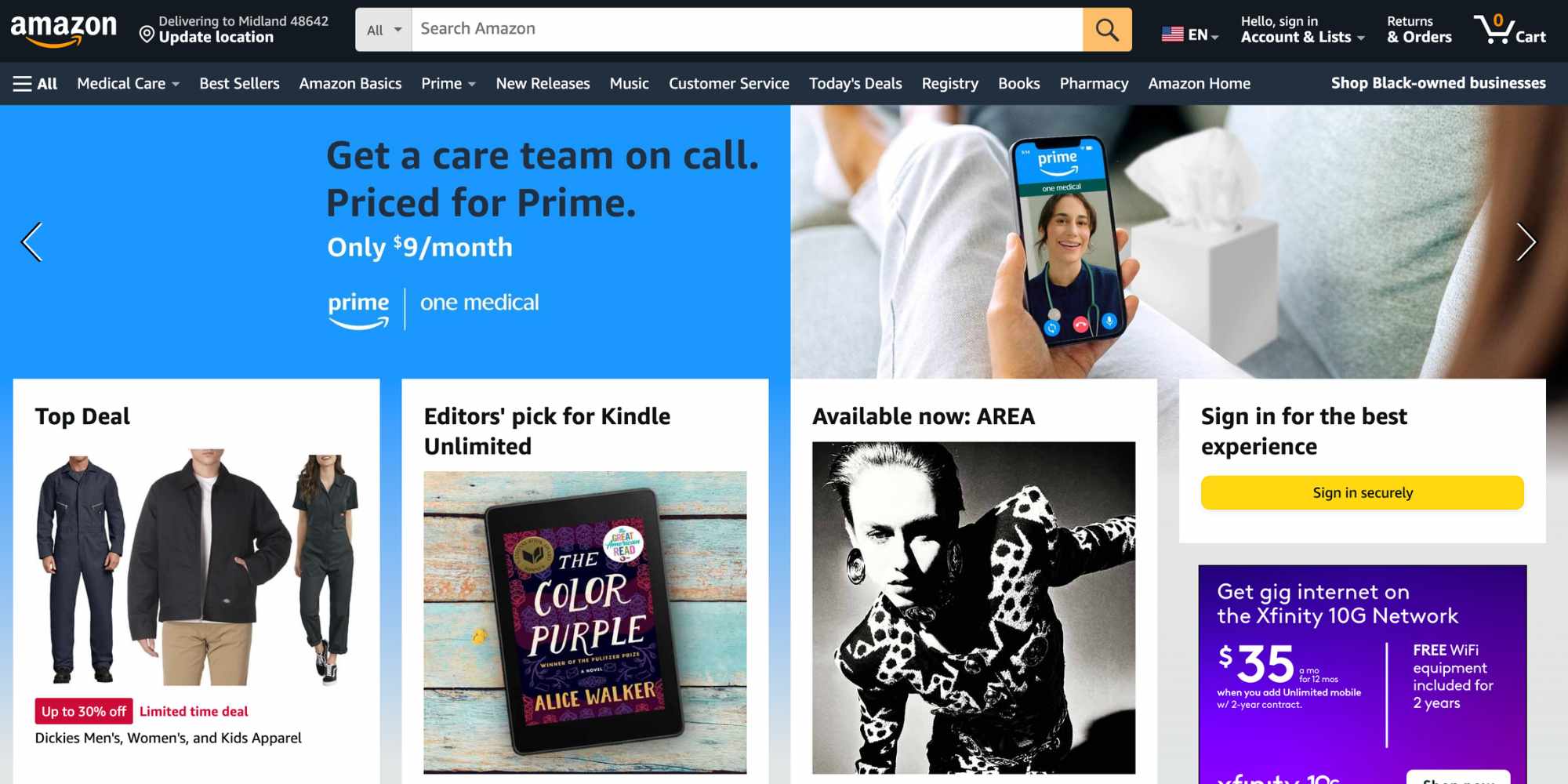
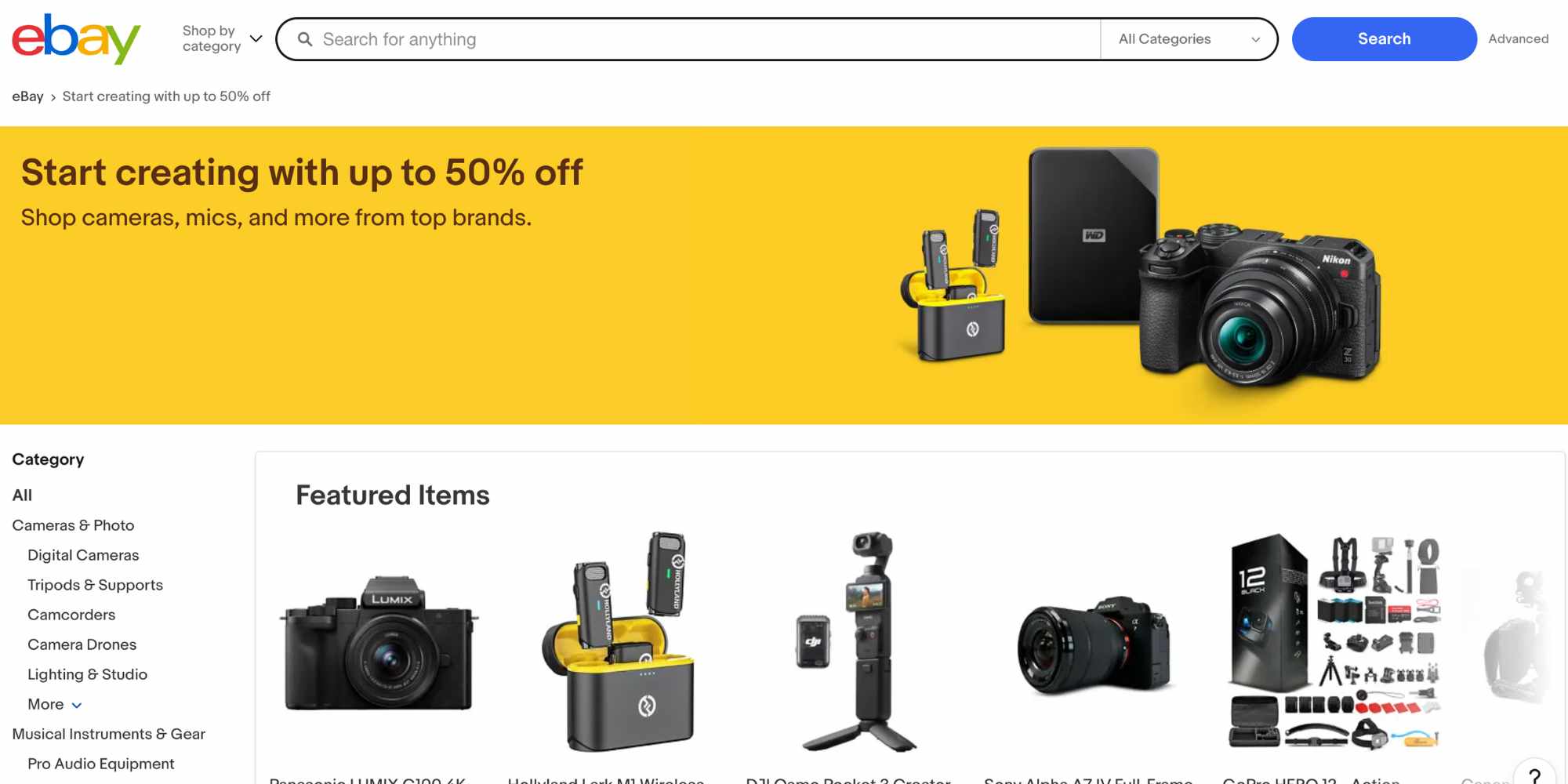
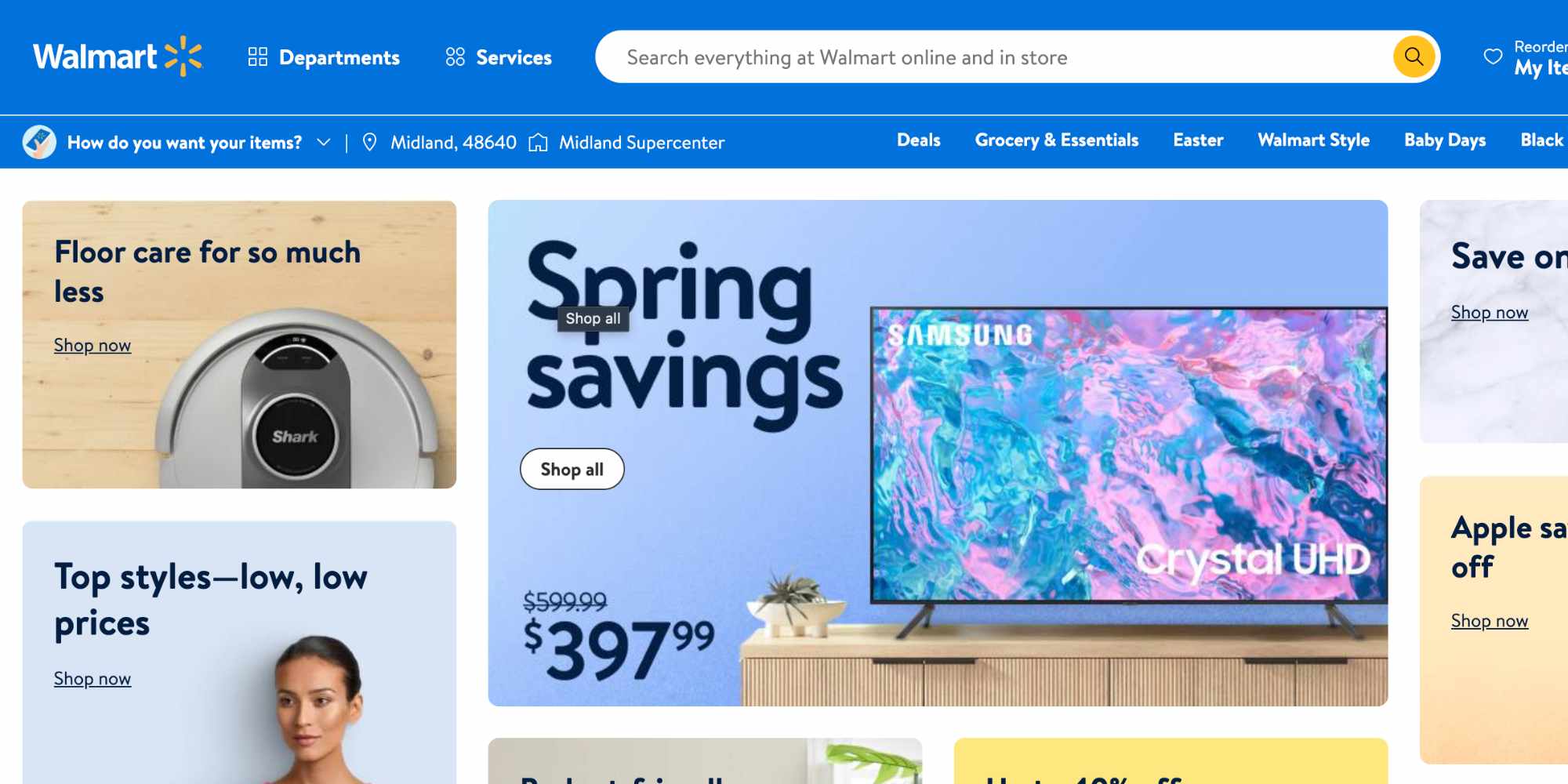
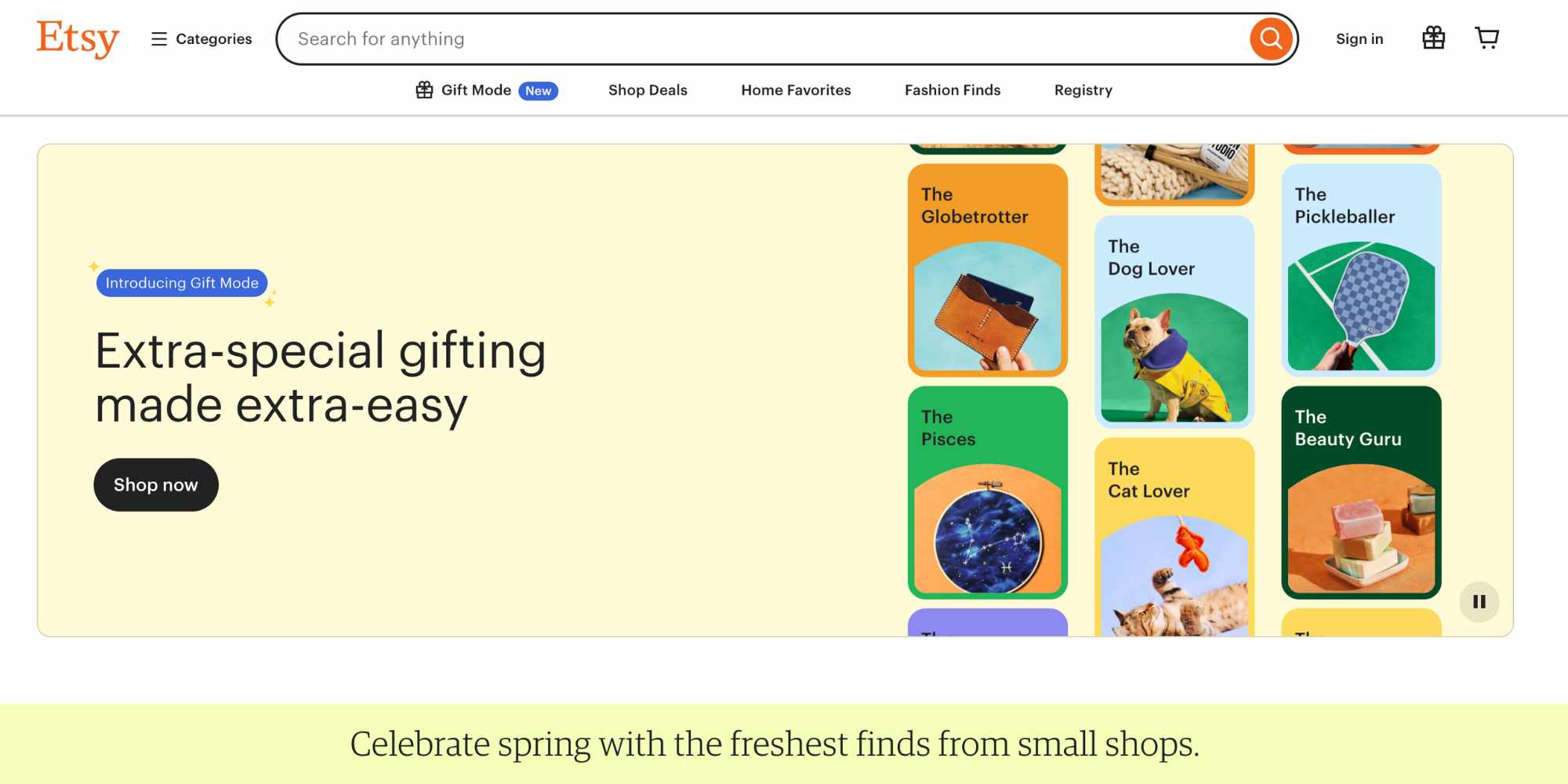
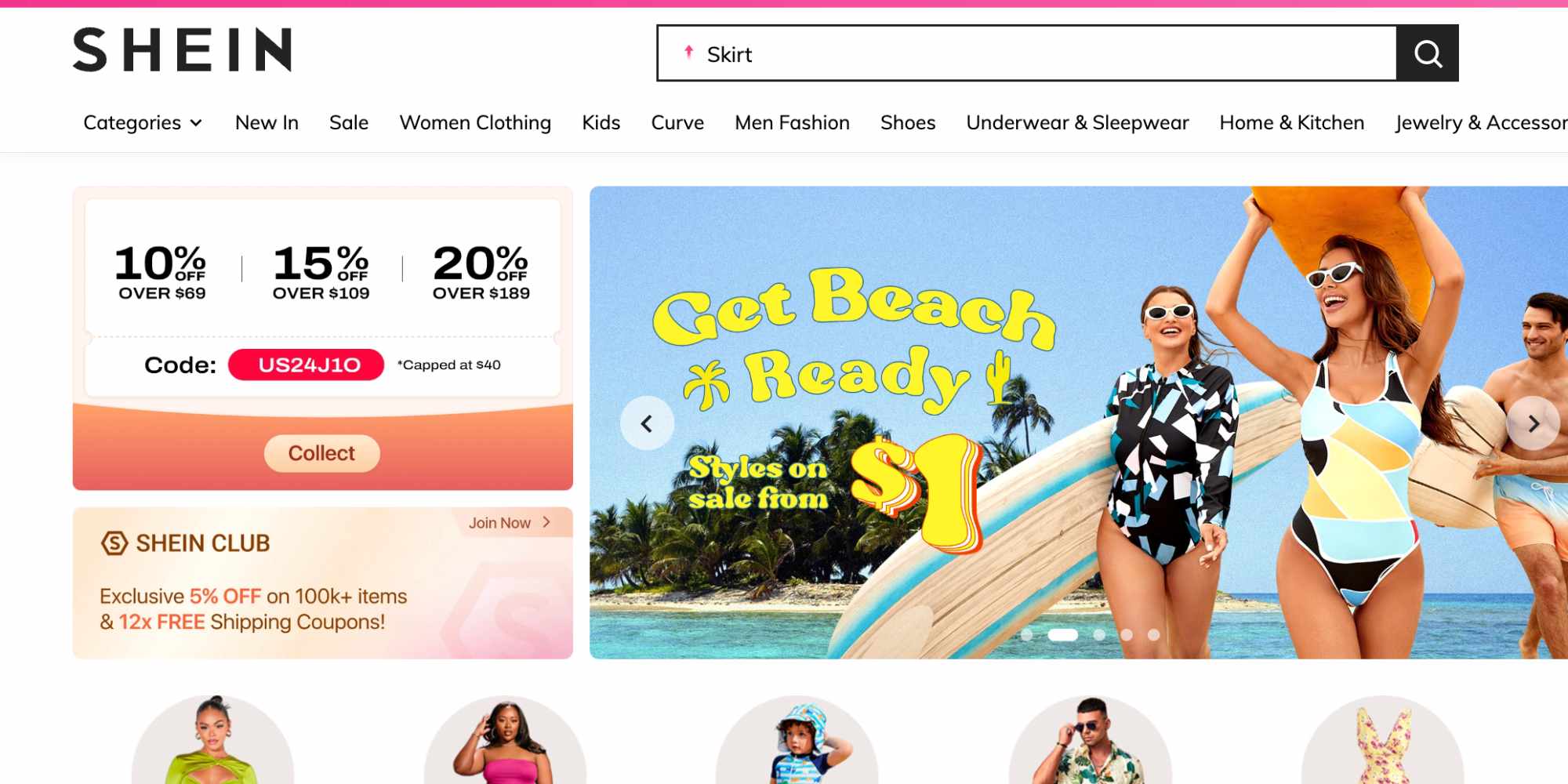
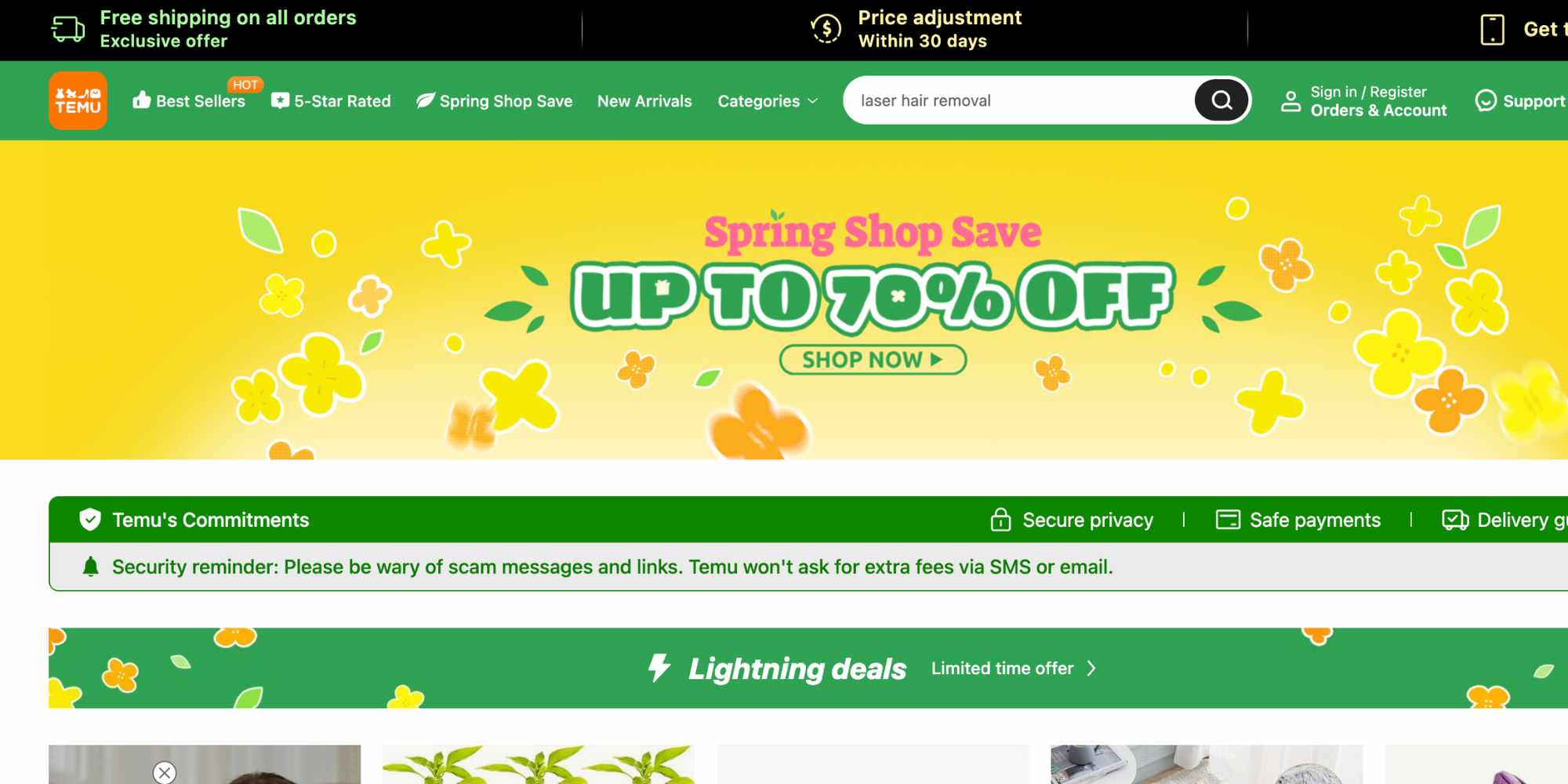


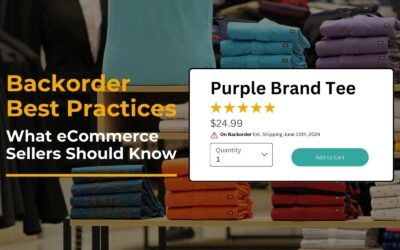
0 Comments